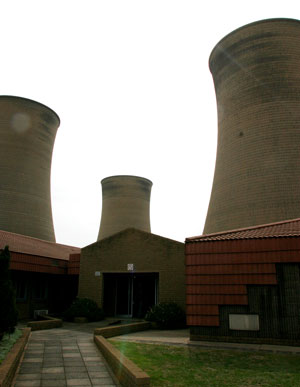
Eskom’s application for tariff increases was ready to be submitted, before government asked it to look at additional factors, the parastatal said on Wednesday.
“We were ready, it was 100% in line with regulation. We engaged since February with hundreds and hundreds of stakeholders,” Eskom finance director Paul O’ Flaherty said.
“At the end, Eskom had its submission ready, but we have been asked to look at two additional things.”
O’Flaherty was speaking at a meeting between the parastatal and the SA Chamber of Commerce and Industry.
The two points were on whether there would be any new power stations being build after the Kusile plant in Mpulalanga was completed in 2018/19, and whether independent power producers could serve a bigger role in furthering energy programmes.
“It is already too late to expect a nuclear programme in 2023 and it is too late to expect that there will be 500MW of new coal in 2014. So the question is there on what needs to be included [in the submission],” O’ Flaherty said.
“My expectation … is that we get clear direction [on the two issues] this week. If we get it this week, we should be able to complete it by the end of this month, or the first week of October.”
The application for the multi-year pricing determination three [MYPD3] was meant to submitted to the National Energy Regulator of SA on Friday.
It proposes a five-year growth path for tariff increases starting from 1 April next year.
O’Flaherty said he could not provide figures on what the increase would be because the application still had to be submitted.
“We can say that it would be double digit [figures] over five years, on average.”
He said the MYPD3 period would ensure that Eskom remained financially stable and independent.
“With MYPD3 we have to be very certain that we [also] understand coal. We have four billion tonnes of coal that are required from now until the end of the lives of our coal stations,” he said.
“One of the messages we want to get out clearly is that coal needs to be allocated to Eskom at an affordable price so that we can keep the tariff down. At the moment it is 50% of our operating costs, and if we can’t get that strategic resource allocated to Eskom at the affordable rate, the consumer will have to pay for it.” — Sapa




